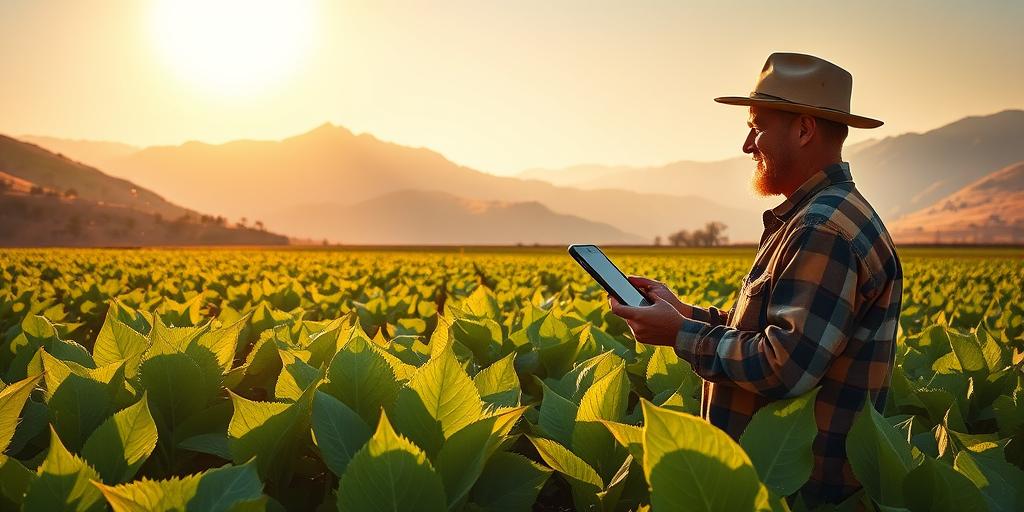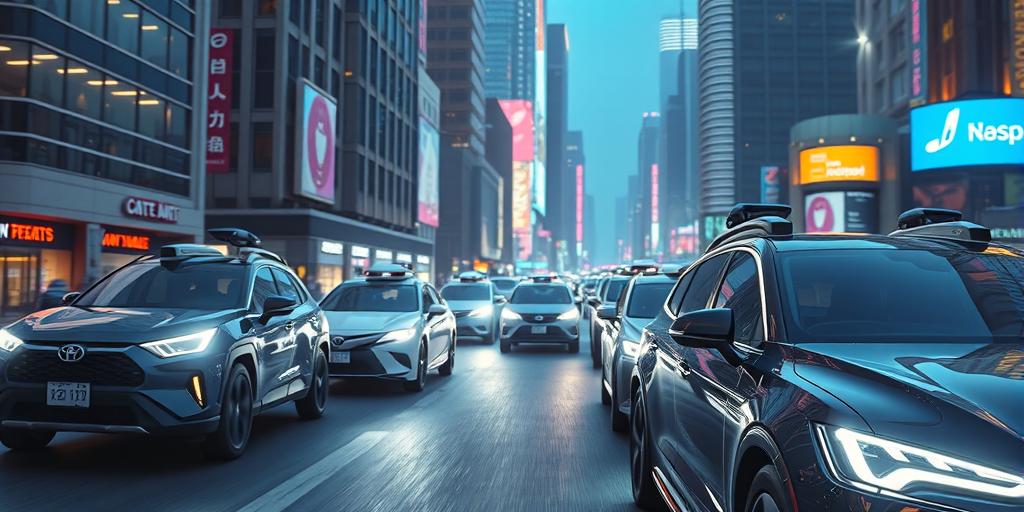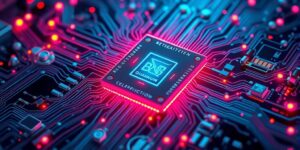How IoT Is Empowering Farmers in Remote Regions
Are you ready to witness a revolution in agriculture? Prepare to be amazed as we delve into the incredible ways IoT (Internet of Things) is transforming farming, especially for those in remote regions. This isn’t your grandfather’s farming; this is high-tech, data-driven agriculture, making farming smarter, more efficient, and more sustainable than ever before! Let’s explore how IoT is changing the game.
Precision Farming: Data-Driven Decisions for Better Yields
Imagine having real-time data on every aspect of your farm at your fingertips – soil moisture, temperature, crop health, even pest infestations. With IoT, this is now a reality. Smart sensors strategically placed throughout fields collect vast amounts of data, which is then transmitted wirelessly to a central system. This data allows farmers to make informed, precise decisions about irrigation, fertilization, and pest control, significantly improving yields and resource utilization. No more guesswork – only data-backed decisions leading to optimized crop production. This precision farming approach, fueled by IoT, minimizes waste, maximizes profits, and creates a more sustainable farming model. Farmers can optimize irrigation schedules based on actual soil moisture levels, reducing water waste and improving water-use efficiency. Similarly, targeted fertilizer application based on precise nutrient needs of the crop reduces the need for excessive fertilizer use, cutting down on costs and environmental impact.
Sensors and Data Collection: The Heart of IoT Farming
The foundation of IoT in agriculture rests on a network of sophisticated sensors. These sensors monitor an array of critical parameters such as temperature, humidity, soil moisture, light levels, and even nutrient levels. The data gathered provides a holistic picture of the farm’s health, enabling proactive interventions that prevent potential problems before they escalate into significant losses. Wireless communication protocols like LoRaWAN and Sigfox provide long-range, low-power connectivity, making it ideal for remote farming areas.
Data Analysis and Decision Support Systems
The sheer volume of data generated by IoT sensors requires sophisticated data analysis tools. Cloud-based platforms and advanced analytics algorithms help to process this raw data, transforming it into actionable insights. These insights can be visualized on user-friendly dashboards, empowering farmers with the tools necessary to make sound decisions. Decision support systems integrate data from various sources to give farmers comprehensive recommendations for optimizing their operations, maximizing yield, and minimizing risks.
Remote Monitoring and Control: Bridging the Distance
For farmers in remote areas, access to their farms can be a major challenge. IoT provides a solution by enabling remote monitoring and control of various aspects of the farm. Through mobile apps or web portals, farmers can monitor real-time conditions from anywhere in the world. They can remotely adjust irrigation systems, activate pest control measures, or even check the status of their equipment. This remote access capability not only saves time and travel costs but also allows farmers to react promptly to any urgent situations, regardless of their physical location. This aspect of IoT is particularly crucial in areas with limited infrastructure or challenging terrain.
Challenges of Remote Monitoring in Diverse Environments
While IoT offers immense potential, challenges remain. Reliable connectivity in remote areas with limited or no infrastructure can be a hurdle. Power supply in remote locations can also be a limiting factor for the operation of IoT devices. The effective management of large amounts of data requires robust data processing and storage solutions. The high initial investment cost of establishing an IoT-enabled farming system can also pose a barrier to entry for smaller farms. However, governmental initiatives to promote smart farming, along with falling hardware and data storage costs, are gradually lessening these barriers.
Enhanced Crop Management: From Seed to Harvest
IoT extends its impact beyond basic monitoring and control; it provides comprehensive support throughout the entire agricultural lifecycle. From precision planting and smart irrigation to optimized harvesting and post-harvest management, IoT ensures efficiency at each stage. Automated drones equipped with sensors offer aerial views and monitor crop health on a broader scale, identifying areas needing specific attention. Predictive models, powered by IoT data and AI, help anticipate potential yield reductions and recommend suitable preventative measures, leading to greater efficiencies and profitability. Moreover, traceability systems, tracking individual produce from farm to consumer, enhance food safety and supply chain transparency.
Smart Irrigation and Soil Monitoring
Soil moisture sensors provide critical information about water availability in the soil. This data is used to create optimized irrigation schedules, ensuring that crops receive the right amount of water at the right time, minimizing water waste. Smart irrigation systems can also automatically adjust irrigation based on real-time data, ensuring maximum efficiency and minimizing water stress on the crops. This precise and efficient use of water is of paramount importance in regions facing water scarcity.
Sustainability and Environmental Impact
IoT is not only about economic benefits; it plays a significant role in promoting sustainable agricultural practices. By optimizing resource use, reducing waste, and improving efficiency, IoT contributes to environmental protection. Smart farming, enabled by IoT, minimizes the environmental footprint of agricultural activities, reducing carbon emissions, water consumption, and pesticide usage. Sustainable agriculture through IoT ensures environmental protection while maintaining high crop yields, contributing significantly to food security and environmental conservation. Precision agriculture techniques, facilitated by IoT, offer effective ways to mitigate the environmental impacts associated with conventional farming methods, promoting sustainability and responsible resource management.
Embrace the future of farming. Implement IoT solutions today and unlock unprecedented growth, efficiency, and sustainability. Start your smart farming journey now!













